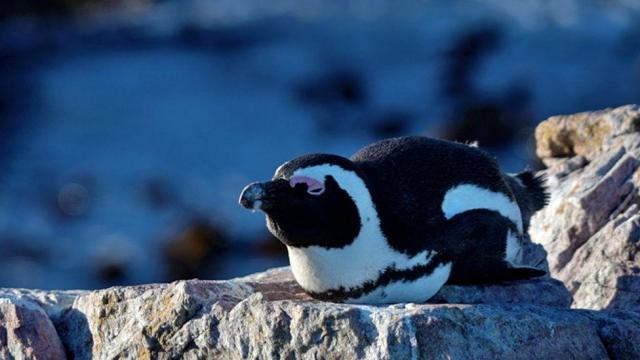You might not always notice it while driving down Florida highways, but animals are often traveling alongside you. The Florida Department of Transportation (FDOT) employs trail cameras throughout the state to capture the diverse array of wildlife utilizing designated wildlife crossings. These crossings serve as vital connections for animals, allowing them to navigate through areas of their natural habitat that would otherwise be disrupted by roads or highways.
One notable example is the 1.5-mile-long stretch of the Wekiva Parkway, which features several wildlife crossings near the Wekiva River and Seminole State Forest. Mary Brooks, a spokesperson for the Wekiva Parkway Project, highlights the extensive planning and design considerations involved in creating these crossings. These efforts aim to safeguard wildlife while ensuring the safety and convenience of human commuters.
The necessity of wildlife crossings is evident in situations like that of a bear captured on video several years ago, attempting to cross State Road 46 but ultimately being deterred by passing cars. Without these crossings, animals face significant risks when traversing roads, posing hazards not only to themselves but also to motorists.
Research from Canada, where wildlife crossings have been implemented, demonstrates a substantial reduction in car crashes involving wildlife. This underscores the dual benefit of wildlife crossings: enhancing animal safety while reducing the risk of accidents for drivers.
Florida boasts over 70 wildlife crossings, with approximately half located along I-75. These crossings predominantly consist of underpasses, although plans are underway for the state’s first overpass in Polk County above I-4. Advocates like Katrina Shadix of Bear Warriors United emphasize the importance of expanding wildlife crossings as a proactive measure to mitigate the impact of human development on wildlife habitats.
The introduction of the U.S. Department of Transportation’s wildlife crossing pilot program signals a promising step forward. With significant funding earmarked for states that invest in wildlife crossings, there is growing recognition of the critical role such infrastructure plays in preserving biodiversity and enhancing road safety.
While specific data on wildlife collisions may not always be readily available, anecdotal evidence and reports from organizations like the Florida Fish and Wildlife Conservation Commission highlight the tangible benefits of wildlife crossings in reducing wildlife fatalities on roadways. As Florida continues to prioritize conservation efforts and infrastructure development, the integration of wildlife crossings represents a positive stride towards harmonizing human mobility with wildlife conservation.















































